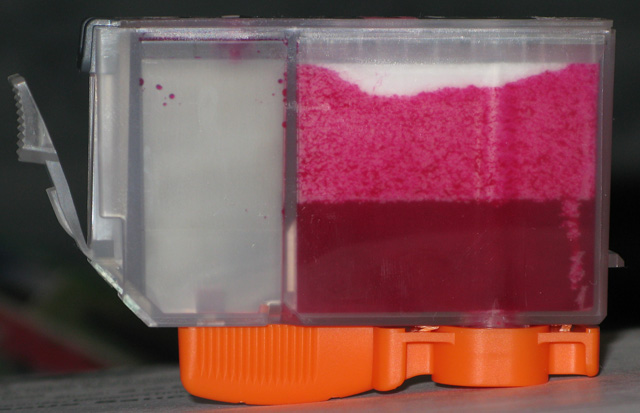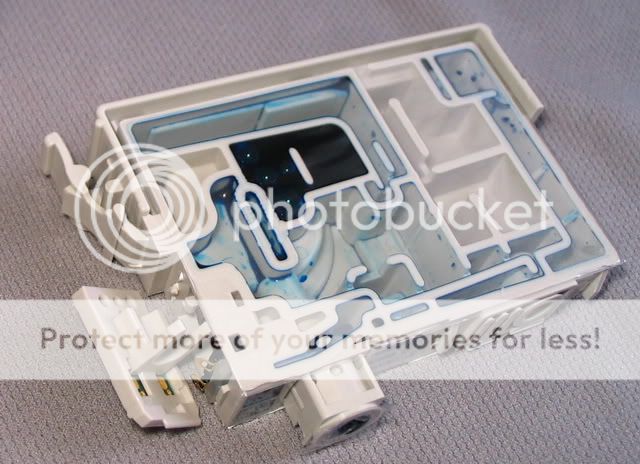In this thread
http://www.nifty-stuff.com/forum/viewtopic.php?id=5925
I got some good info about Canon 9000 M.II cart priming and advice about when to change carts. Since this was the first Low Ink warning I'd gotten on the printer I decided to see what would happen if I waited until the Empty Cart warning appeared. I pulled and replaced the cart and sure enough it seemed like what was left in the sponge could have fed more than a few more prints. Attached is a pic of how much was left. So for the experts out there - how much further could this cart have gone (assuming some sort of standard color use distribution)?

http://www.nifty-stuff.com/forum/viewtopic.php?id=5925
I got some good info about Canon 9000 M.II cart priming and advice about when to change carts. Since this was the first Low Ink warning I'd gotten on the printer I decided to see what would happen if I waited until the Empty Cart warning appeared. I pulled and replaced the cart and sure enough it seemed like what was left in the sponge could have fed more than a few more prints. Attached is a pic of how much was left. So for the experts out there - how much further could this cart have gone (assuming some sort of standard color use distribution)?


